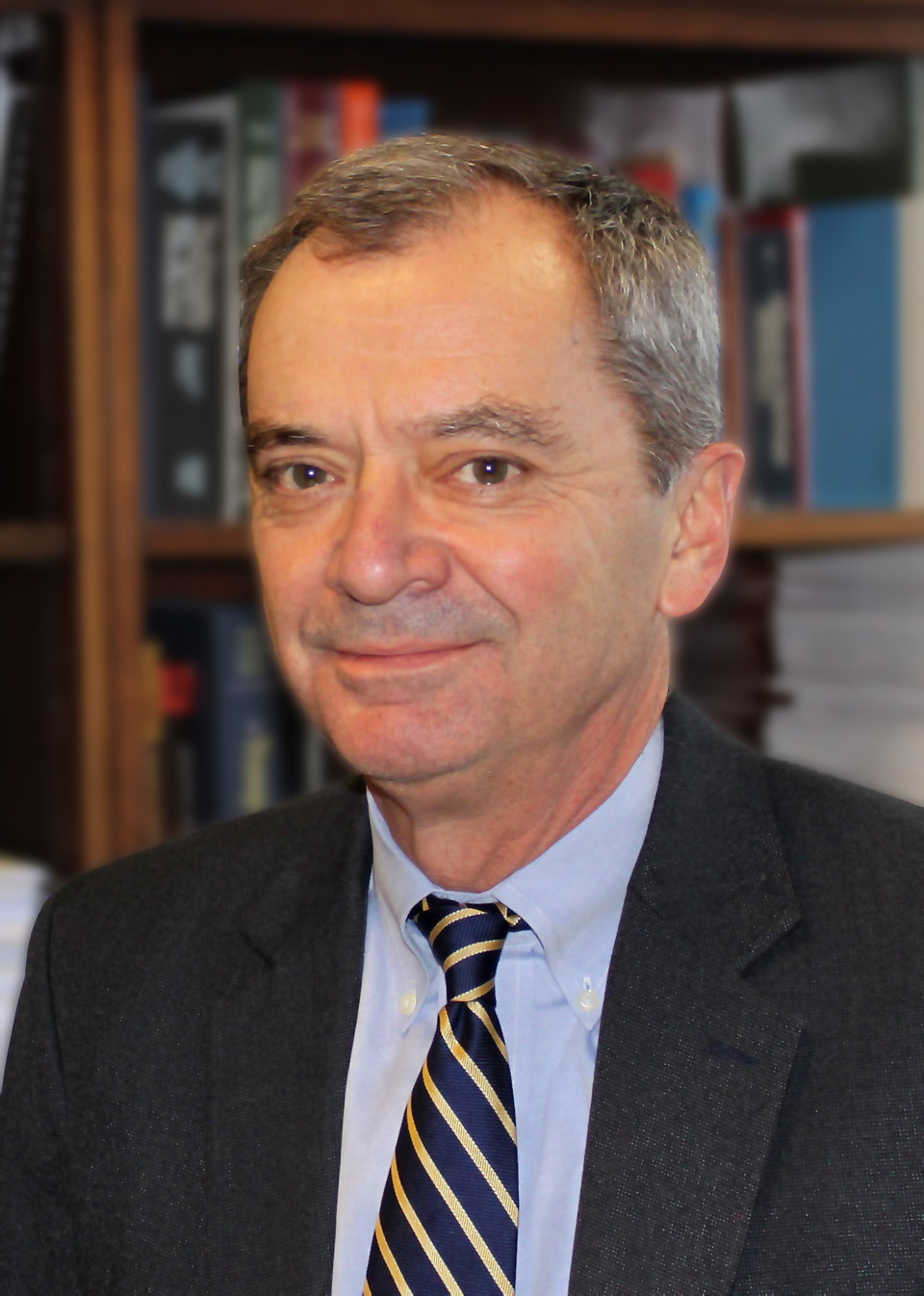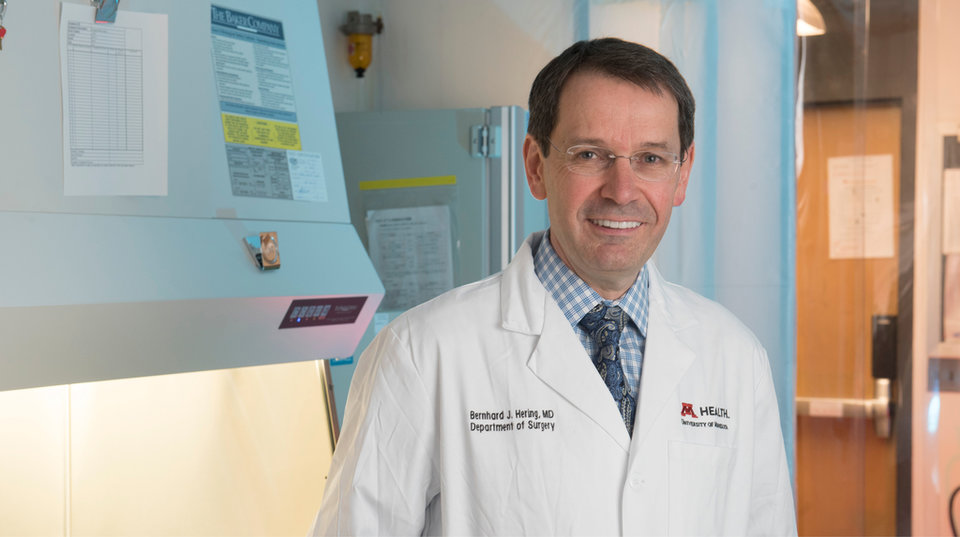Insight
Treading the line: the challenge of transplant rejection drugs
Devising an anti-rejection strategy after a transplant requires a delicate balance between protecting the donor organ and minimising unnecessary suppression of the immune system. How do physicians strike the right equilibrium with the anti-rejection drugs available today, and could inducing immune tolerance revolutionise the post-transplant care of tomorrow? Chris Lo reports.
I
n a 2013 article published in the online journal Cold Spring Harbor Perspectives in Medicine, Dr Josep Grinyó, chief of nephrology at Barcelona’s Hospital de Bellvitge described organ transplantation, along with antibiotics and mass immunisation, as “the miracles of twentieth century medicine”.
Now, in the 21st century, all three of these miracles are facing their own distinctive challenges. Antibiotics are losing their efficacy amid the global antimicrobial resistance crisis, while the scourge of ‘anti-vax’ rhetoric has reinvigorated the misinformed resistance to mass vaccination programmes, with growing numbers of parents voluntarily opting out of protecting their children from infectious diseases whose absence, in many cases, seems to have been taken for granted.
In the field of organ transplantation, the chief challenges are the same as they’ve always been. Transplants have become the gold-standard therapy for terminal and irreversible organ failure, dramatically improving the treatment of end-stage renal disease, for example, when kidney transplants were pioneered in the 1950s.
In 2018, more than 36,000 transplants were performed in the US alone, which contributes to the first major problem – donor organ shortages. According to the US Government, 95% of American adults are in favour of organ donation but only 58% are registered as donors themselves. With 113,000 people waiting for transplants as of July this year, 20 of whom die each day while waiting, the need for organ donors is urgent.
But beyond the difficulty of securing donor organs, the transplant (and post-transplant) process presents challenges that have frustrated scientists for decades, and are still the subject of intensive research today. What are the major unmet needs when it comes to transplantation and immunosuppression, and how could these gaps be filled in the future?

Dr David Klassen. Image courtesy of UNOS
“Not all patients require the same degree of immunosuppression or the same mix of drugs,” he says. “Some patients and populations have a higher incidence of acute or chronic rejection, and some have lower. So treating, say, a 70-year-old transplant recipient with the same immunosuppressant regimen that you might use to treat a 25-year-old would not be considered appropriate. So I think a lot of advances over the years to decrease toxicity have been defining sub-populations of recipients who may be appropriate for one drug regimen versus another.”
As well as treatments for acute and chronic rejection, improvements have been made in the immune-suppressing drugs in many cases, but these have been broadly iterative rather than disruptive.
“The major toxicity issue, or at least one of the most important, has always been nephrotoxicity associated with both tacrolimus and cyclosporine, and so some of the newer drugs have less or no nephrotoxicity,” Klassen says. “It’s really been an issue of evaluating clinical trials to see how the newer drugs stack up against the gold standards, in terms of outcomes. It’s an issue of balancing outcomes versus toxicities.”

Dr Bernhard Hering. Image courtesy of Scott Streble, University of Minnesota Medical School
Inducing tolerance: the Holy Grail in transplant research
For decades, the Holy Grail in transplant research and immunology has been the prospect of inducing immune tolerance to donor organs in the body. This could theoretically be achieved by ‘tricking’ the immune system into tolerating the presence of the transplanted organ specifically, with the potential to massively reduce or even eliminate the need for immunosuppressants entirely.
It’s a noble goal that has long captured the imagination of researchers working in transplantation, reinforced by the achievements of biologists Peter Medawar and Macfarlane Burnet, who shared the Nobel Prize in Physiology or Medicine in 1960 for their demonstration of acquired immunological tolerance in mice.
Establishing tolerance in humans, or even non-human primates, has proven much more difficult.
Establishing tolerance in humans, or even non-human primates, has proven much more difficult. Through programmes like the Immune Tolerance Network in the US and RISET (Reprogramming the Immune System for the Establishment of Tolerance) in Europe, governments have dedicated hundreds of millions of dollars to pursuing an immunological approach to preventing organ rejection.
A definitive breakthrough has yet to emerge, but the volume of research being undertaken – the Immune Tolerance Network currently lists eight active studies that it is funding on tolerance to organ transplants, and many more completed trials – promising strategies are emerging.
US researchers achieve tolerance in non-human primates
One of the most recent is a study recently published in Nature Communications by Hering and colleagues at the University of Minnesota, alongside partners Steve Miller and Xunrong Luo at Northwestern University. Using a non-human primate model, the team injected apoptotic donor white blood cells into subjects before and after they received transplanted pancreatic islets. These apoptotic donor cells go through the same process that the body’s own apoptotic white blood cells go through, being removed from the blood stream and taken into antigen-presenting cells in the marginal zone of the spleen before being re-presented to the immune system to establish tolerance while avoiding inflammation.
“You could call it personalised, but it’s personalised with respect to the donor more than the recipient,” Hering says. “So it is kind of a donor-specific immune regulation that is established. We demonstrate deletion of donor-reactive T and B-cell clones, and we present very substantial evidence of very active and donor antigen-specific tolerance mechanisms.”
The study showed that in the non-human primates tested, long-term survival and function of the islet transplants was maintained despite the discontinuation of all anti-rejection drugs 21 days after transplant. The discovery could have long-term implications for type 1 diabetes patients, as islet transplantation could be a more effective treatment of the disease than ongoing insulin administration, but it has been held back by clinicians’ hesitance to recommend the procedure.
It’s personalised with respect to the donor more than the recipient.
“People are very afraid of the side effects of immunosuppression, and maybe for the right reasons,” Hering says. “In that context, if you had the opportunity to do it without immunosuppression, I think people would really consider this strategy, which I think is really, at least for a sub-set of patients, a tremendous opportunity.”
Translating the research into clinical studies in humans will take another immense effort, with Hering acknowledging the challenge of manufacturing the apoptotic donor cells on a per-patient basis, as well as logistical and regulatory barriers. Klassen echoes Hering’s concerns about the translational challenges involved with the induction of immunologic organ tolerance, emphasising the economic downsides of such personalised therapies, but he’s also optimistic about immunology’s ability to drastically improve transplant outcomes, and even the availability of new donor organs.
“I would anticipate that 20 years from now, [inducing tolerance] will really be the standard of care,” he says. “These protocols that can induce tolerance and get around chronic rejection will, I hope, allow organs that are transplanted to last a much longer time. That is an indirect way of improving the organ supply by making organs last longer. There’s an important interaction there between basic immunology, the organ supply and patient outcomes.”